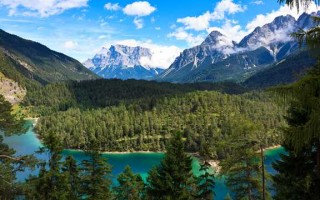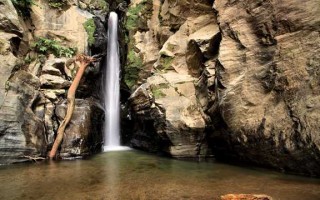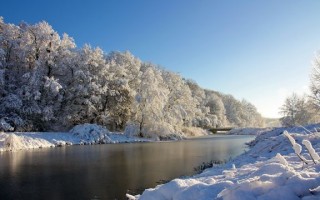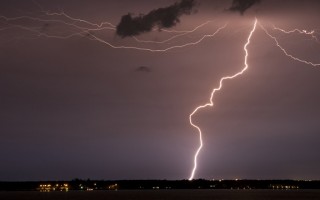The Grand Canyon, a geological marvel that has captivated the hearts and minds of millions, is a testament to the raw power of nature. This vast and awe-inspiring landscape, carved by the relentless flow of the Colorado River over millions of years, is not just a destination but an experience that transcends the ordinary. In this comprehensive guide, we will delve into the multifaceted aspects of the Grand Canyon, from its geological history to the cultural significance, and explore the various ways visitors can immerse themselves in this breathtaking natural wonder.
Geological History and Formation
The Grand Canyon, located in Arizona, USA, is approximately 277 miles (446 kilometers) long, up to 18 miles (29 kilometers) wide, and over a mile (1.6 kilometers) deep. Its formation began around 70 million years ago, with the uplift of the Colorado Plateau and the subsequent erosion by the Colorado River. The canyon's layered rock formations reveal a rich geological history, showcasing nearly 2 billion years of Earth's past.
The Layers of Time
.jpg)
1、The Tapeats Sandstone: Formed around 600 million years ago, this layer is the oldest visible in the canyon. It consists of sedimentary rock, primarily sandstone, and marks the beginning of the Grand Canyon's geological story.
2、The Redwall Limestone: This layer, formed around 330 million years ago, is characterized by its red and pink hues. It was once the floor of a shallow sea that covered the area.
3、The Coconino Sandstone: Dating back to 275 million years ago, this white limestone layer was formed from sand dunes in a desert environment.
4、The Hermit Shale: This layer, around 280 million years old, is a mixture of mudstone, siltstone, and shale.
5、The Supai Group: Comprising several layers, the Supai Group is the youngest of the sedimentary layers, formed around 60 million years ago.
Cultural Significance
The Grand Canyon has been a sacred place for Native American tribes for thousands of years. The Havasupai, Hualapai, Navajo, and Hopi tribes all have deep connections to the canyon, with their own stories and beliefs intertwined with the landscape.
.jpg)
Native American Culture
Havasupai Tribe: Known for their turquoise blue waterfalls, the Havasupai people have lived in the canyon for generations, preserving their traditions and maintaining a deep spiritual connection to the land.
Hualapai Tribe: The Hualapai Reservation borders the western edge of the Grand Canyon, and the tribe offers unique experiences such as the Grand Canyon Skywalk, a glass-bottomed bridge that extends over the canyon.
Visitor Experiences
The Grand Canyon offers a variety of experiences for visitors, from hiking and river rafting to stargazing and helicopter tours.
Hiking Trails
Bright Angel Trail: A popular trail that descends into the canyon, offering stunning views and a challenging hike.
South Kaibab Trail: Known for its steep descent and panoramic vistas, this trail is a favorite for day hikers and photographers.
River Rafting
The Colorado River offers thrilling white-water rafting experiences, with options ranging from one-day trips to multi-day expeditions. Rafting through the canyon provides a unique perspective on the canyon's grandeur and a chance to explore the river's rapids.
Stargazing
The Grand Canyon is an ideal location for stargazing due to its remote location and lack of light pollution. Visitors can join guided night sky tours or simply lay back and marvel at the constellations overhead.
Aerial Tours
Helicopter and airplane tours provide a bird's-eye view of the canyon's vastness and intricate details. These tours often include landings at the bottom of the canyon or on the South Rim, offering a unique perspective on the landscape.
Environmental Conservation
The Grand Canyon is a protected area, with efforts in place to preserve its natural beauty and ecological integrity. Visitors are encouraged to practice Leave No Trace principles and respect the park's rules and regulations.
Wildlife and Flora
The Grand Canyon is home to a diverse array of wildlife, including bighorn sheep, mule deer, and various bird species. The canyon's unique microclimates support a variety of plant life, from desert scrub to pine forests.
Conservation Efforts
Preservation of Natural Features: Efforts are ongoing to protect the canyon's geological formations and prevent erosion.
Wildlife Protection: Measures are in place to monitor and protect the native species that call the canyon home.
Sustainable Tourism: The park service works to balance visitor access with the need to preserve the canyon's natural resources.
Conclusion
The Grand Canyon is more than just a tourist destination; it is a living, breathing entity that has witnessed the ebb and flow of time. Its layers of rock tell the story of Earth's history, while its vibrant cultural heritage speaks to the enduring spirit of the people who have called it home. Whether you are a geology enthusiast, an adventure seeker, or simply someone who appreciates the beauty of the natural world, the Grand Canyon offers an experience that is as profound as it is unforgettable.
标签: 旅游景点英语介绍







